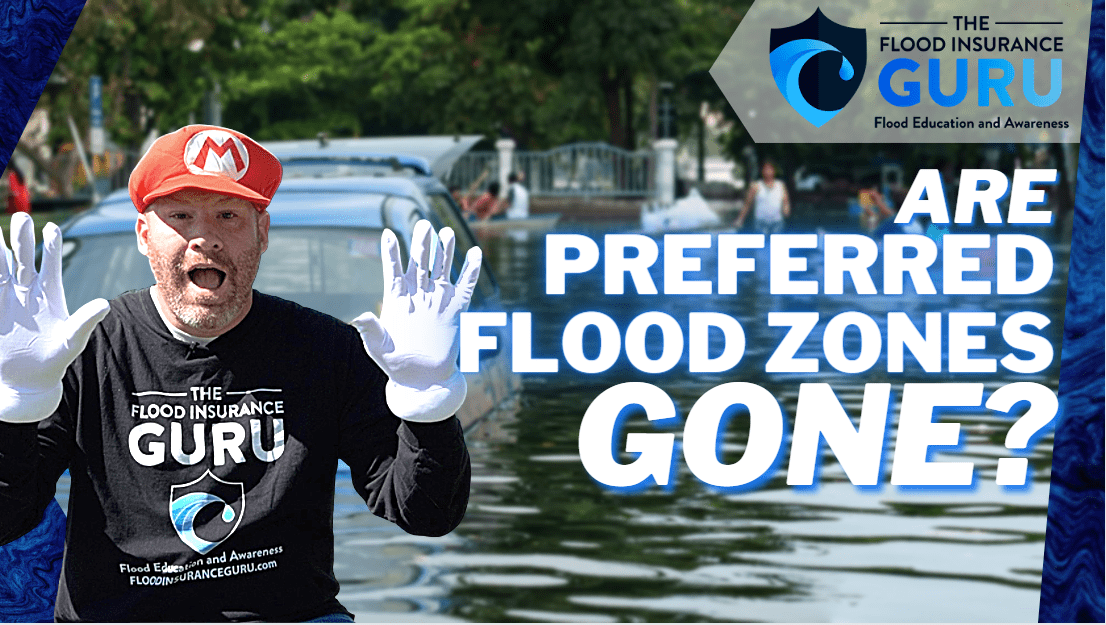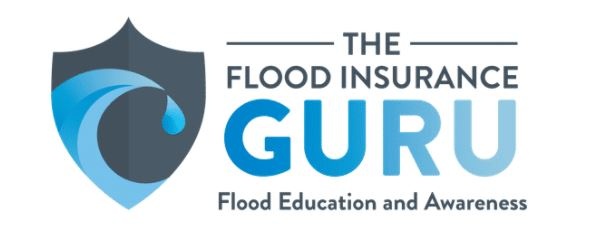
The federal flood insurance industry has changed a lot since the Risk Rating 2.0. One of the biggest changes is how the Federal Emergency Management Agency (FEMA) and the National Flood Insurance Program (NFIP) will look at flood zones. FEMA, NFIP, and mortgage lenders would have to only follow the new rating system and regulatory standards of the Risk Rating 2.0.

As natural disasters are becoming progressively more destructive and unpredictable, we want to discuss how changes on looking at flood maps would change.
Risk Rating 2.0
The implementation of the Risk Rating 2.0 or simply NFIP 2.0 significantly impacts the rates going around with federal flood insurance. For the most part, this means that there will be an increase in rates as the new program gears towards a more accurate flood risk per property. We'd like to call this the fingerprint of your flood risk due to the nature of having an individual property getting a unique risk rating score.
This program basically says that each property will get a unique flood risk score per variable with the rating engine system in from both the legacy program from Federal Emergency Management Agency (FEMA) and new things coming into consideration.
The things that will carry over from the legacy program which will still have a bearing on your flood insurance rates are as follows:
- Flood zone designation based on community flood maps. Flood zones also have the bearing to require flood insurance if you're in the Special Flood Hazard Area (SFHA) or High-Risk Zones
- Flood Insurance Claims. Despite changing to a claims variable system, flood claims with FEMA may still impact your overall rates.
- Policy assumption and policy transfer.
- The Grandfather Rule.
- Pre-FIRM and Newly Mapped discounts.

The new things that will impact your rates will be from:
- Types of flooding that your property experience.
- Flood frequency.
- Distance to any water source.
- First-floor height or distance of the first livable area to grade (ground).
- Elevation of the structure or the property itself. How high is the first floor of the property compared to the ground hence properties that are elevated are most likely to get a decrease due to this.
- Replacement costs. This means that higher-valued homes will get an increase and lower-valued homes will get a decrease due to the overall expenses to rebuild the property due to flood damage.
- Flood Risk Mitigation Measures made on the property.
Despite these changes to the overall rating engine systems in the Federal Emergency Management Agency (FEMA), your flood insurance policy will still follow the same amount of $250,000 for building and $100,000 in contents max for flood coverage.
The Increased Cost of Compliance (ICC) is also one of the things that will carry over from the legacy National Flood Insurance Program to this new program as well as the Community Rating System (CRS) discounts.
Are Preferred Flood Zones Gone?
Traditionally with the National Flood Insurance Program (NFIP) and even in private flood insurance companies, you'll see low-risk flood zones and special flood hazard areas (SFHA) or high-risk flood zones. I can even remember the time where I can tell your flood insurance premiums in these low-risk flood zones like Flood Zone X depending on the coverage amount. So you'd see immediately how these low-risk zones or preferred zones immediately impact your rates and these rates are about $400 to $600 per year.
On the other hand and you would notice with the new program through Risk Rating 2.0, flood zones no longer impact your flood insurance rates with FEMA and the NFIP. So the perks of being in a preferred zone and that preferred rate will no longer be in the picture. This means that federal flood insurance will no longer rely on a Flood Insurance Rate Map (FIRM) to say that you will get a preferred rate since flood zones don't impact rates anymore.

On the other hand, it's a different story when it comes to the private flood insurance industry. We're still noticing a lot of private flood carriers who look into these low-risk zones and provide that same preferred rating on premiums of about $400 to $600. It's important to note also that since these insurers are managed by private companies, they don't necessarily need to follow the changes coming to federal flood insurance.
Despite these changes and flood zones only becoming more of a factor that determines whether or not you're not required to buy flood insurance for your property, it's still important to get a form of security for a property. If you want us to help you get a desirable quote from both federal and private flood insurance, click the link below to reach us.
We also have a flood learning center where we try to answer your frequently asked questions about flood and flood insurance.
Remember, we have an educational background in flood mitigation which lets us help you understand your flood risk, flood zone, flood insurance, and mitigating your property long-term.




